About 90% of homes in the US have HVAC systems, though these aren’t all quite the same.
Standard HVAC systems only include heating and air conditioning, allowing them to adjust the temperature of a home. An optional upgrade that’s becoming more popular is the inclusion of a humidifier.
While this won’t directly affect the temperature, it can have a significant impact on the comfort of a home. They offer various benefits, but they’re not without their drawbacks.
In this guide, we’ll look at the pros and cons of central humidifiers, as well as how much you can expect to pay for one. Keep reading for more.

What Is a Central Humidifier?
A humidifier is a piece of equipment that can add moisture to the surrounding air. It does this by expelling water vapor, and they come in different formats.
Many people opt for portable, tabletop, or console models. While these can be useful, they’re also somewhat limited. In most cases, these are only suitable for use in a single room.
A central humidifier is a type that’s implemented into an HVAC system and connected to the plumbing of the property. Through this setup, it’s able to affect the humidity of an entire home rather than just one room.
This is a permanent installation and it can be far more effective. The alternative solution to humidify a whole home would be to use multiple smaller humidifiers, but this isn’t really practical. For those who want the best results, a central humidifier could be the way to go.
Pros of Central Humidifiers
Humidity affects more than just how the air feels around us. There are several potential benefits to installing a central humidifier in your home.
Automatic Humidity Control
Perhaps the biggest benefit is that you can use it to automatically control the humidity in your home. Along with your HVAC system, this can help you keep your home comfortable at all times.
Central humidifiers have a humidistat that you can set to a specific level. The system will then pump out humidity and will stop when it reaches this level.
A standard humidifier might not have this level of control and could keep running even if your home is more humid than you’d like. If a home is too humid, mold and mildew can become more likely. Having a superior level of control will help you prevent this.
Additionally, the fact that it automatically stops pumping humidity out means it will use less energy. Better energy efficiency will help you save on utility bills and reduce your carbon footprint.
Optimal Moisture Levels
Like a lot of things in life, humidity levels are about balance. You don’t want too much moisture in the air, but you also don’t want too little.
As central humidifiers are installed alongside HVAC units, these two systems can work as one to control the amount of moisture in the air. This way, you can consistently keep an ideal level of moisture in every room of your home.
Prevents Water/Moisture Damage
A portable humidifier will keep running until you adjust the settings or turn it off. This means that if you place it in a room and forget about it, it will continue adding moisture to the air.
Too much of this, and there could be a risk of water damage to walls, carpets, furniture, and more. Water damage can be very tricky to rectify, so it’s not something you want to have to deal with.
As central humidifiers will automatically stop pumping out moisture when your home reaches a set humidity, there’s far less risk of this happening. You can leave it on the level you desire and you won’t have to worry about it causing damage to your home.
No Need for Refills
Smaller humidifiers have a compartment that stores water which is then converted into water vapor. If this is empty, your humidifier won’t have any effect.
A central humidifier is linked directly to your plumbing system and it draws water from there. You won’t have to worry about refilling it as it will have a constant water supply.
Quiet and Invisible
Portable humidifiers can be relatively small, but they still take up a bit of space. Depending on where they are, they can look quite out of place and may affect the aesthetic of a room. If you have a larger home and put humidifiers in various rooms, it can have quite a big impact on the overall look and feel of your home.
A central humidifier is integrated completely into the HVAC system. Visually, there’s no way to even know it’s there, so it won’t impact the appearance of your home at all. They also run very quietly, so there shouldn’t be any issues of disturbance.
Added Value
Various home upgrades can add value to your property, and this is no different. It works as a good selling point, so if you ever decide to put your home on the market, it could help you get a better price and find a buyer more easily.
Low Maintenance
Portable home humidifiers may be small, but they require quite a bit of maintenance. Cleaning them out isn’t a big job, but it’s recommended that this is done once every two weeks. You also need to add an anti-microbial agent to the basin and fill it with water to stop it from running out.
Central Humidifier maintenance is very simple. With most HVAC systems, all that’s needed is a yearly replacement of the evaporator panel filter (for a ducted humidifier).
Improved Health
A lot of people underestimate the importance of indoor air quality, but it can have a sizable impact on the health of you and your family. One of the aspects of air quality is humidity, and within your home, you ideally want to keep this between 35% and 45%.
Air that’s within this range has been shown to reduce allergies and other respiratory issues. It can also help with things like sore throats, dry skin, chapped lips, and sinus irritations.
It’s especially important to monitor humidity levels if you live in an area that gets extreme temperatures. A central humidifier is the best way to keep humidity in your home within an ideal range.
Cons of Central Humidifiers
While they offer many benefits, central humidifiers aren’t right for everyone. There are also some drawbacks you should consider.
The Cost
Central Humidifier installation isn’t always cheap. It may be as cheap as $400, but could also be over $1,000 depending on the type and quality. Installing one yourself isn’t impossible, but it’s very tricky, so you should leave it to the professionals. Portable humidifiers, on the other hand, are typically quite inexpensive, so may be more suitable on a budget.
Mold and Mildew
If you don’t properly maintain your central humidifier, mold and mildew can grow inside the system. This often happens when people don’t replace their filters as often as they should. It’s worth noting that this can occur with portable humidifiers too.
Hiding HVAC Air Leaks
Unsealed air ducts can cause low humidity in your home. Central humidifiers can mask this, so you may not notice the issue. Regular inspections are important as they will highlight these leaks and other issues that are difficult to spot.
How Much Do Central Humidifiers Cost?
This is often a difficult question to answer as there are multiple variables. It will depend on things like the manufacturer, the quality, your home, and the installation company.
In most cases, a central humidifier installation will cost somewhere between $400 and $1,200. More expensive models can be up to around $2,200.
The least expensive option is a drum-type central humidifier. These typically cost between $150 and $250.
Flow-through central humidifiers are often around $200 to $300. Steam humidifiers are the most popular type, and they tend to range from $300 to $1,500.
Bear in mind these are the unit prices. You also then need to factor in installation costs.
Another factor is the gallons per day (GPD). This will depend on the size of your home.
At the lower end, a central humidifier may use 1.4 to 4 GPD. This is ideal for a 1,000 sq. ft home and can range between $150 and $500.
At the other end of the scale would be a humidifier that uses 8.3 to 16.1 GPD. This is more suitable for a 3,000 sq. ft home and is likely to cost between $700 and $1,500.
There are various sizes between these, so you should be able to find something that’s ideal for you.
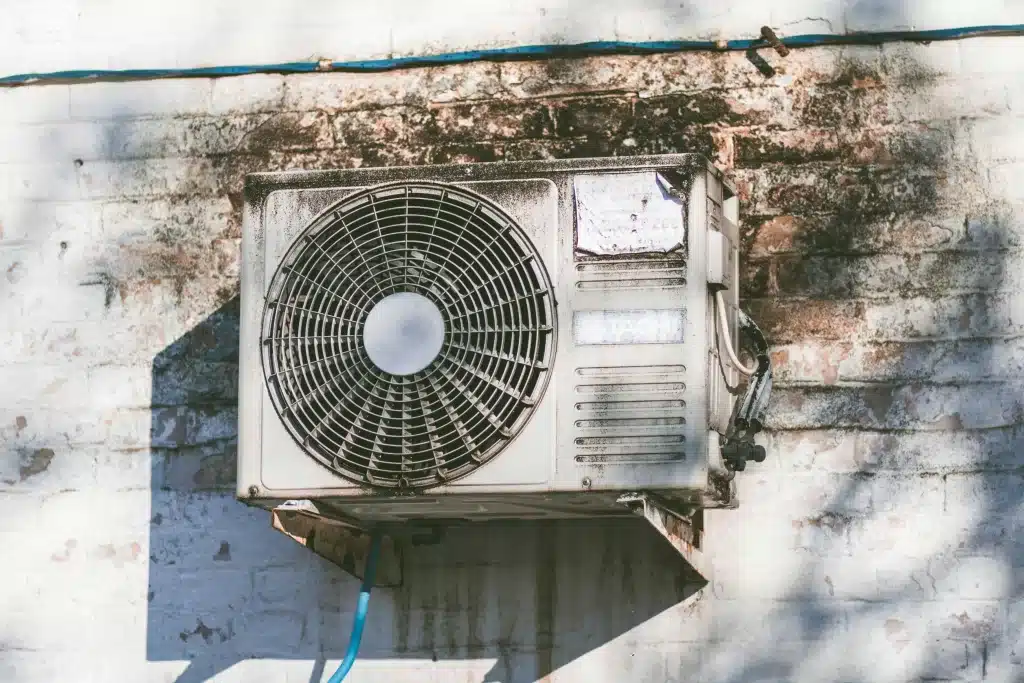
Finding the Right Central Humidifier for Your Home
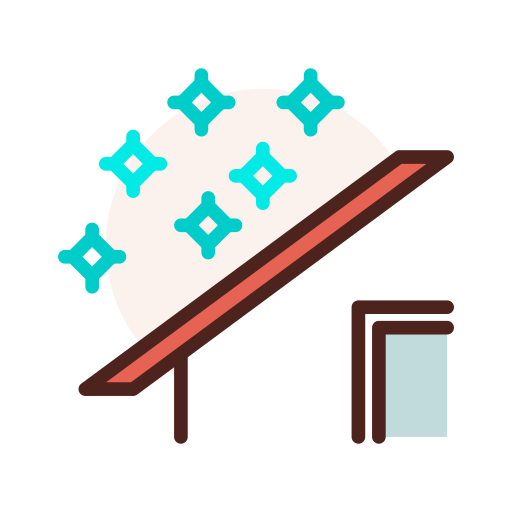
Compare Quotes from Top-rated HVAC contractors in your area.
Central humidifiers can be a great addition to a home. On top of keeping things comfortable, they offer health benefits, are easy to maintain, and can increase the value of your property. The trick is finding one that’s right for you.
Alpha Living helps connect homeowners with suitable home improvement companies in your area. We can find the best HVAC companies that can help you with your central humidifier installation and put free quotes in front of you in no time. Just enter your zip code on our HVAC contractor page and we’ll get to work.

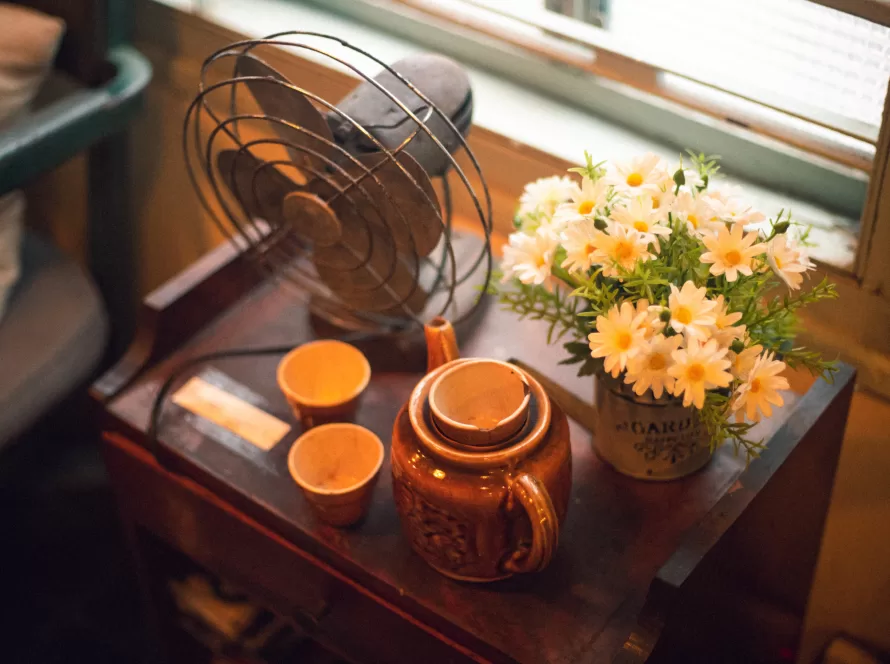
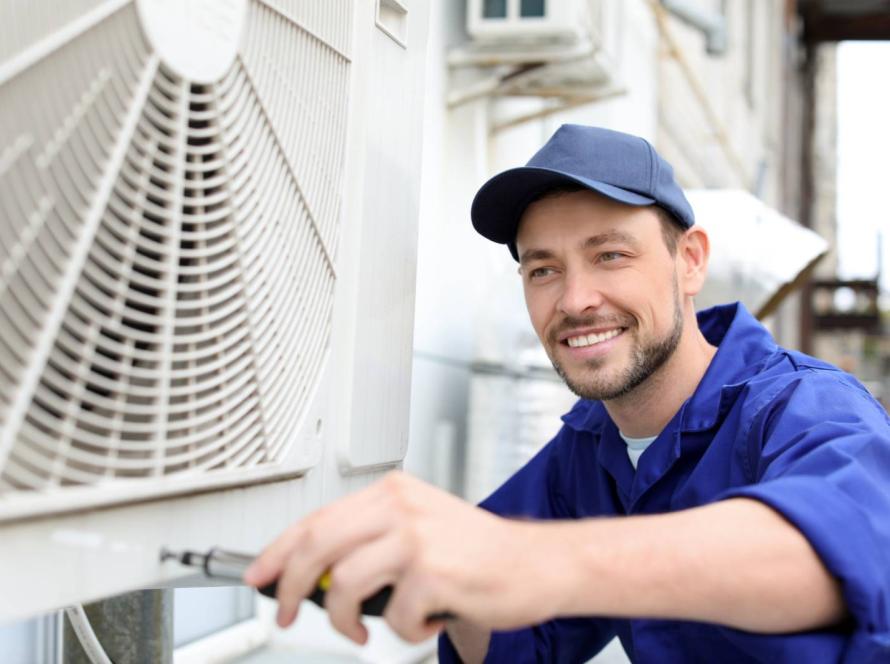
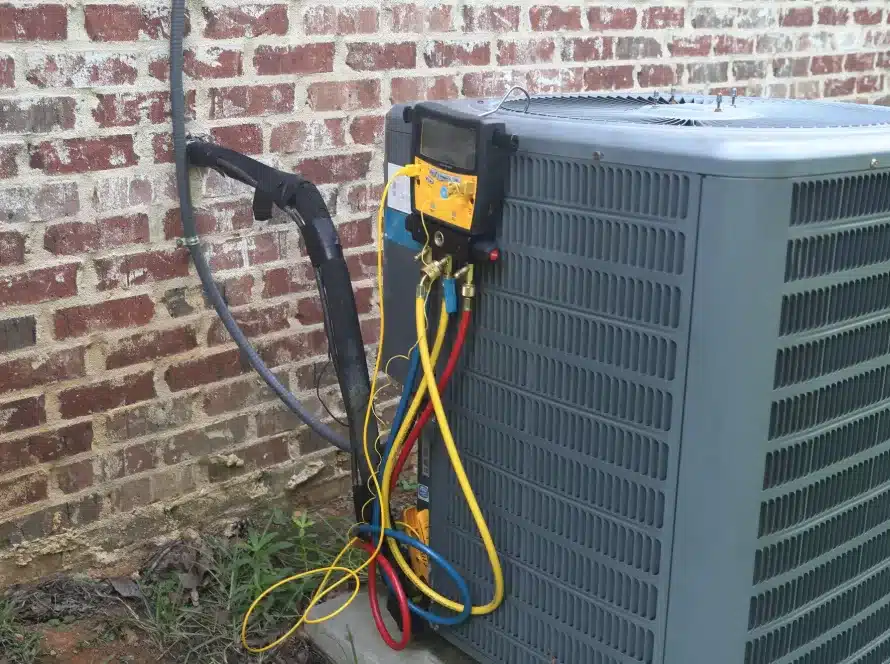
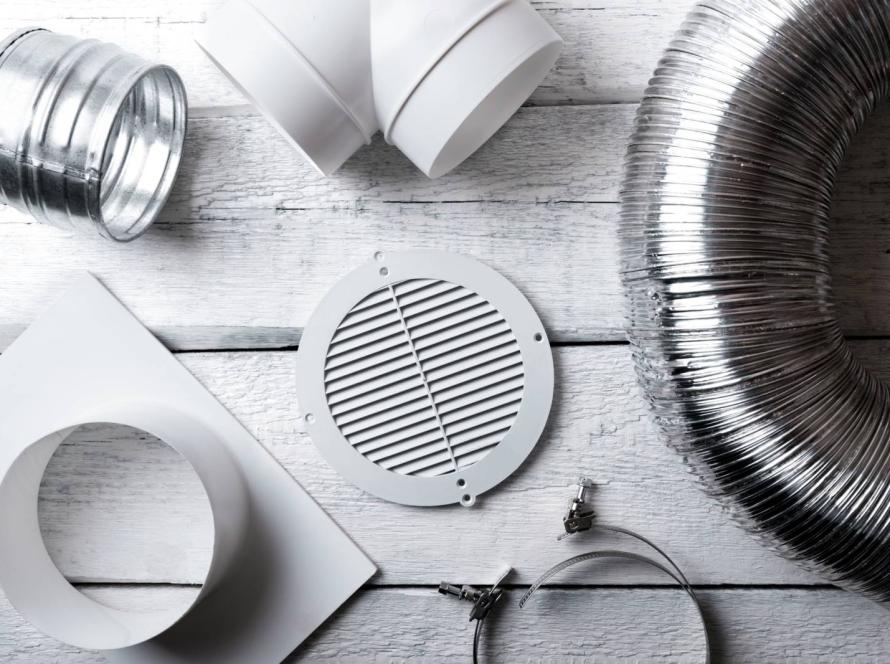
Facebook
Comments